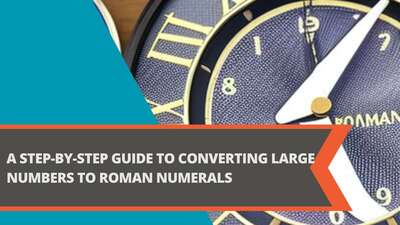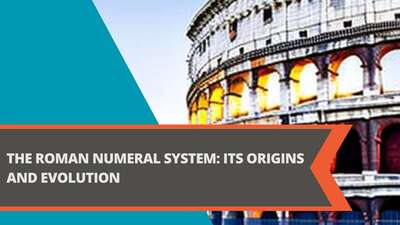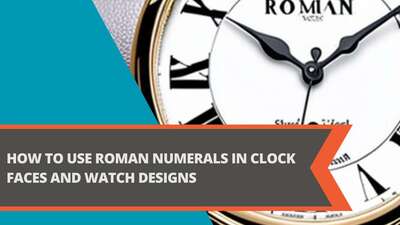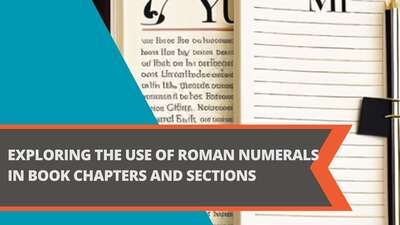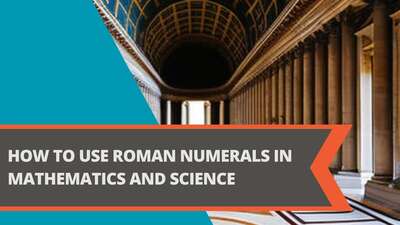Converting Between Metric and Imperial Units: Tips and Tricks
- Converting Between Metric and Imperial Units: Tips and Tricks
- Definition of Metric and Imperial Units
- The Formula for Converting Between Metric and Imperial Units
- Examples of Converting Between Metric and Imperial Units
- Explanation of Converting Between Metric and Imperial Units
- FAQs
- What are metric units?
- What are imperial units?
- What is the formula for converting between metric and imperial units?
- What are some common conversion factors for converting between metric and imperial units?
- Why is it important to know how to convert between metric and imperial units?
- Conclusion
- References
Converting Between Metric and Imperial Units: Tips and Tricks
Converting between metric and imperial units can be a challenge, especially if you are not familiar with the formulas and methods involved. In this article, we will explore the definition of metric and imperial units, provide a simple formula for converting between them, offer examples to help make the process clearer, and answer FAQs about this topic.
Definition of Metric and Imperial Units
Metric units are the standard units of measurement used in most of the world. They are based on the International System of Units (SI) and are used to measure length, mass, time, temperature, and other quantities. The most common metric units include meters, grams, seconds, and Celsius.
Imperial units, on the other hand, are a system of units that are primarily used in the United States and the United Kingdom. They are based on the old English system of measurement and are used to measure length, weight, and volume. The most common imperial units include feet, pounds, and gallons.
The Formula for Converting Between Metric and Imperial Units
Converting between metric and imperial units involves using a simple formula to convert from one system to the other. The basic formula for converting between metric and imperial units is:
Imperial Value = Metric Value x Conversion FactorThe conversion factor is a number that represents the ratio between the two units. For example, the conversion factor for converting meters to feet is 3.28084, which means that one meter is equivalent to 3.28084 feet. To convert 10 meters to feet, you would multiply 10 by 3.28084 to get 32.8084 feet.
It is important to note that the conversion factor can vary depending on the specific units being converted. For example, the conversion factor for converting kilograms to pounds is 2.20462, while the conversion factor for converting liters to gallons is 0.264172.
Examples of Converting Between Metric and Imperial Units
Here are some examples of how to use the formula to convert between metric and imperial units:
Example 1: Convert 50 meters to feet
Conversion factor for meters to feet: 3.28084
Imperial value = Metric value x Conversion factor
Imperial value = 50 x 3.28084
Imperial value = 164.042 feet
Example 2: Convert 500 grams to pounds
Conversion factor for grams to pounds: 0.00220462
Imperial value = Metric value x Conversion factor
Imperial value = 500 x 0.00220462
Imperial value = 1.10231 pounds
Example 3: Convert 3 liters to gallons
Conversion factor for liters to gallons: 0.264172
Imperial value = Metric value x Conversion factor
Imperial value = 3 x 0.264172
Imperial value = 0.792516 gallons
Explanation of Converting Between Metric and Imperial Units
Converting between metric and imperial units is an important skill to have, especially if you travel or work in a field that requires you to work with both systems. The formula for converting between the two systems is simple and easy to use, but it is important to know the correct conversion factors for each unit to ensure accuracy in your calculations. Additionally, it is important to double-check your work and make sure that your units are consistent throughout your calculations.
FAQs
What are metric units?
Metric units are the standard units of measurement used in most of the world. They are based on the International System of Units (SI) and are used to measure length, mass, time, temperature, and other quantities. The most common metric units include meters, grams, seconds, and Celsius.
What are imperial units?
Imperial units are a system of units that are primarily used in the United States and the United Kingdom. They are based on the old English system of measurement and are used to measure length, weight, and volume. The most common imperial units include feet, pounds, and gallons.
What is the formula for converting between metric and imperial units?
The formula for converting between metric and imperial units is: Imperial Value = Metric Value x Conversion Factor. The conversion factor is a number that represents the ratio between the two units. For example, the conversion factor for converting meters to feet is 3.28084, which means that one meter is equivalent to 3.28084 feet.
What are some common conversion factors for converting between metric and imperial units?
Some common conversion factors for converting between metric and imperial units include: 1 meter = 3.28084 feet, 1 kilogram = 2.20462 pounds, and 1 liter = 0.264172 gallons.
Why is it important to know how to convert between metric and imperial units?
It is important to know how to convert between metric and imperial units because it allows you to work with measurements from around the world and in a variety of fields. Additionally, being able to convert between the two systems can make it easier to compare and understand different types of measurements.
Conclusion
Converting between metric and imperial units is an important skill to have, especially if you travel or work in a field that requires you to work with both systems. By using the correct conversion factors and double-checking your work, you can ensure accurate and consistent calculations. With a little practice, you can become confident in your ability to convert between metric and imperial units, making your work and daily life easier and more efficient.
References
- NIST. (2021). The International System of Units (SI). NIST. https://www.nist.gov/system/files/documents/2018/06/06/sp330.pdf
- NIST. (2021). Conversion Factors for Energy Equivalents. NIST. https://www.nist.gov/pml/weights-and-measures/metric-si/energy-equivalents
- Wikipedia. (2021). Imperial units. Wikipedia. https://en.wikipedia.org/wiki/Imperial_units
- Wikipedia. (2021). Metric system. Wikipedia. https://en.wikipedia.org/wiki/Metric_system
